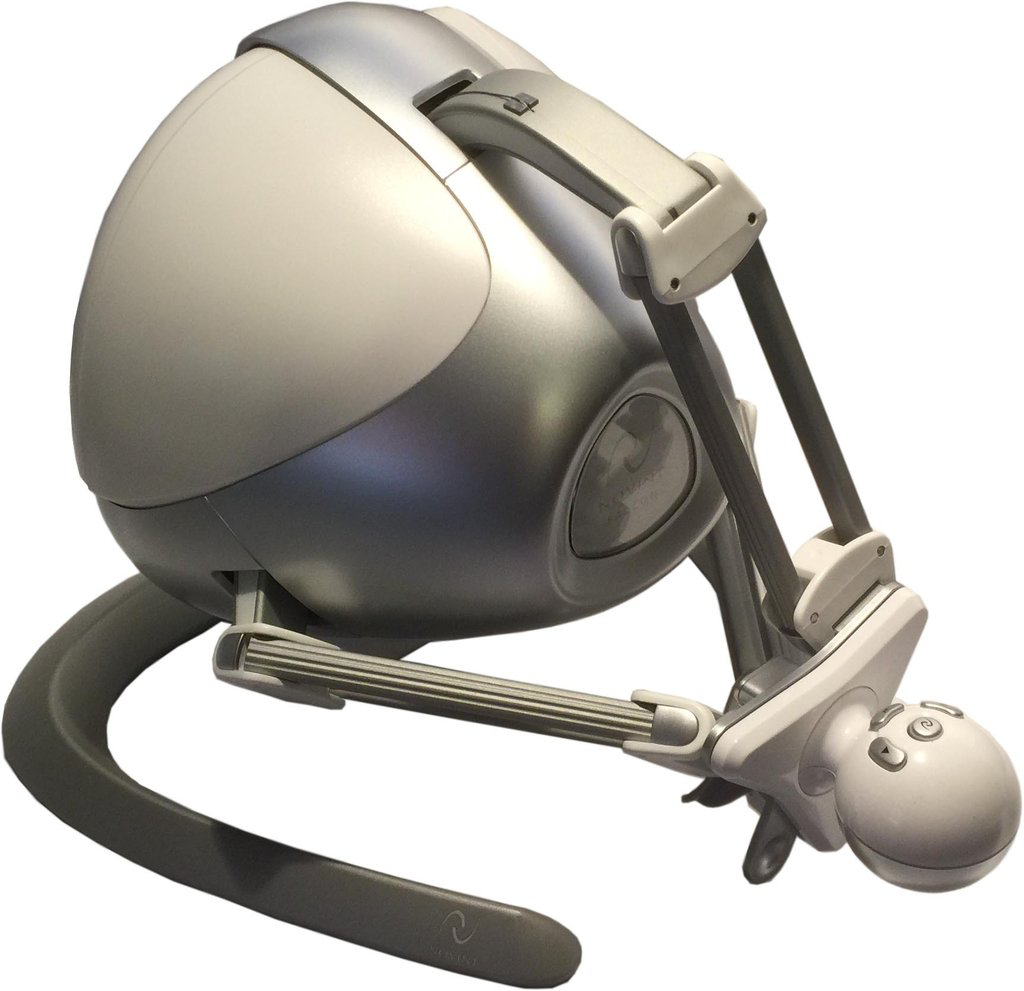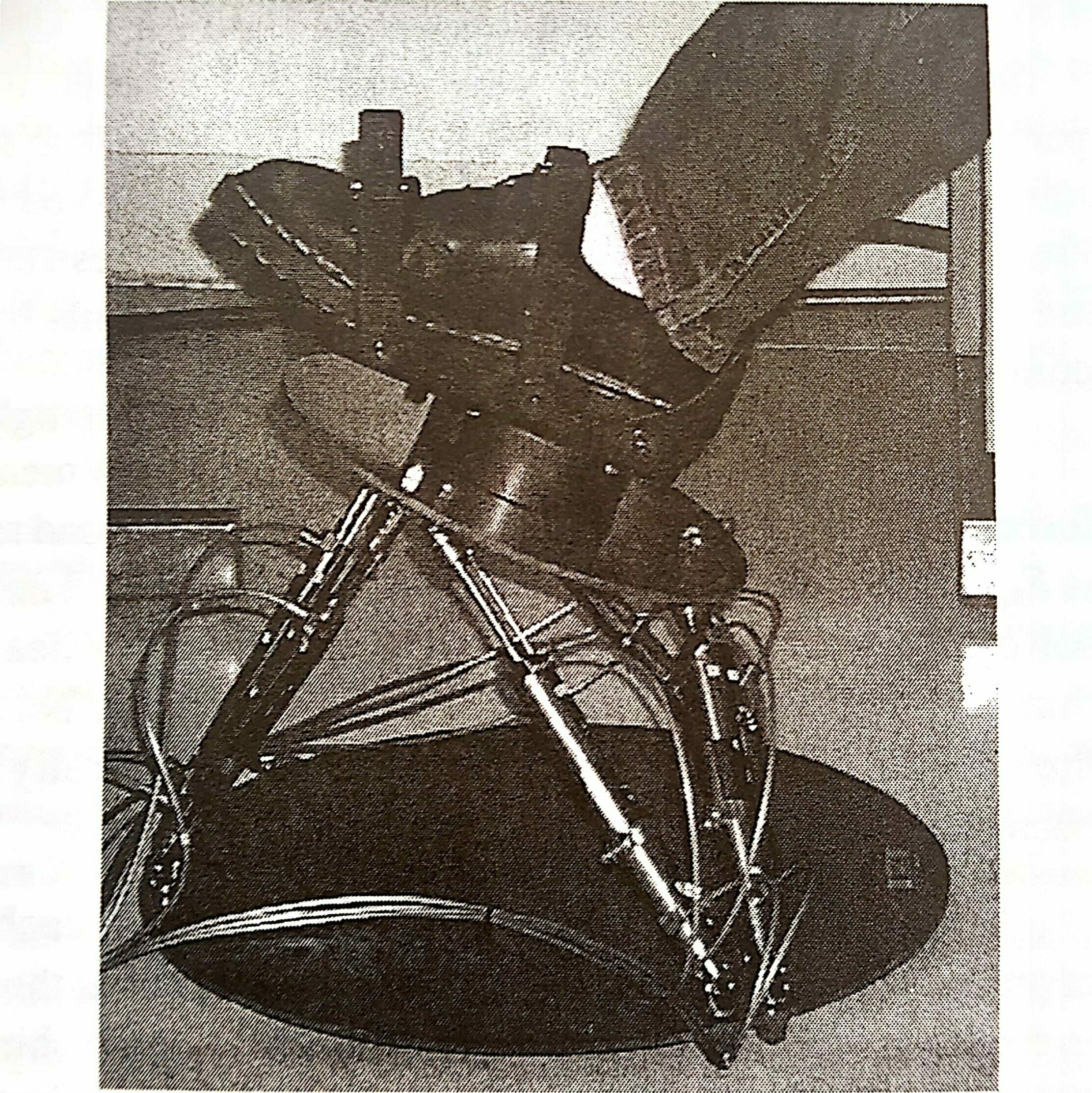Chapter 2: What are key attributes of grounded force-feedback devices?
Credits: References, Videos
Learning Objectives
- Name and define six key attributes of grounded force-feedback (GFF) devices
- Identify the related terminology for the key attributes in the literature
- Report attribute values for GFF devices
Readings and Resources
- Seifi, H., Oppermann, M., Bullard, J., MacLean, K. E., & Kuchenbecker, K. J. (2020). Capturing Experts’ Mental Models to Organize a Collection of Haptic Devices: Affordances Outweigh Attributes. In Proceedings of the ACM CHI Conference on Human Factors in Computing Systems (pp. 1-12).
- Hayward, V., & Astley, O. R. (1996). Performance measures for haptic interfaces. In Robotics research (pp. 195-206). Springer, London.
- Tan, H. Z., Srinivasan, M. A., Eberman, B., & Cheng, B. (1994). Human factors for the design of force-reflecting haptic interfaces. Dynamic Systems and Control, 55(1), 353-359.
- Samur, E. (2012). Performance metrics for haptic interfaces. Springer Science & Business Media.
- Hayward, V., & MacLean, K. E. (2007). Do it yourself haptics: part I. IEEE Robotics & Automation Magazine, 14(4), 88-104.
Video Corrections
No correction has been reported by the community.
Assignments (Example Solution Key)
1. Summarise motion range for the Phantom Premium 1.5 6DOF.
2. What are the kinematic structures of the following devices? Explain your answer.

Virtuose 3D (Haption)

Falcon (Novint Technologies)

Rutgers Ankle (Girone et al.,1999)

Hapkit 3.0 (Orta Martinez et al., 2016)
3. How complex are the above devices to build? Explain what makes them simple or complex.
Feedback
Let us know your comments and questions about this chapter.

